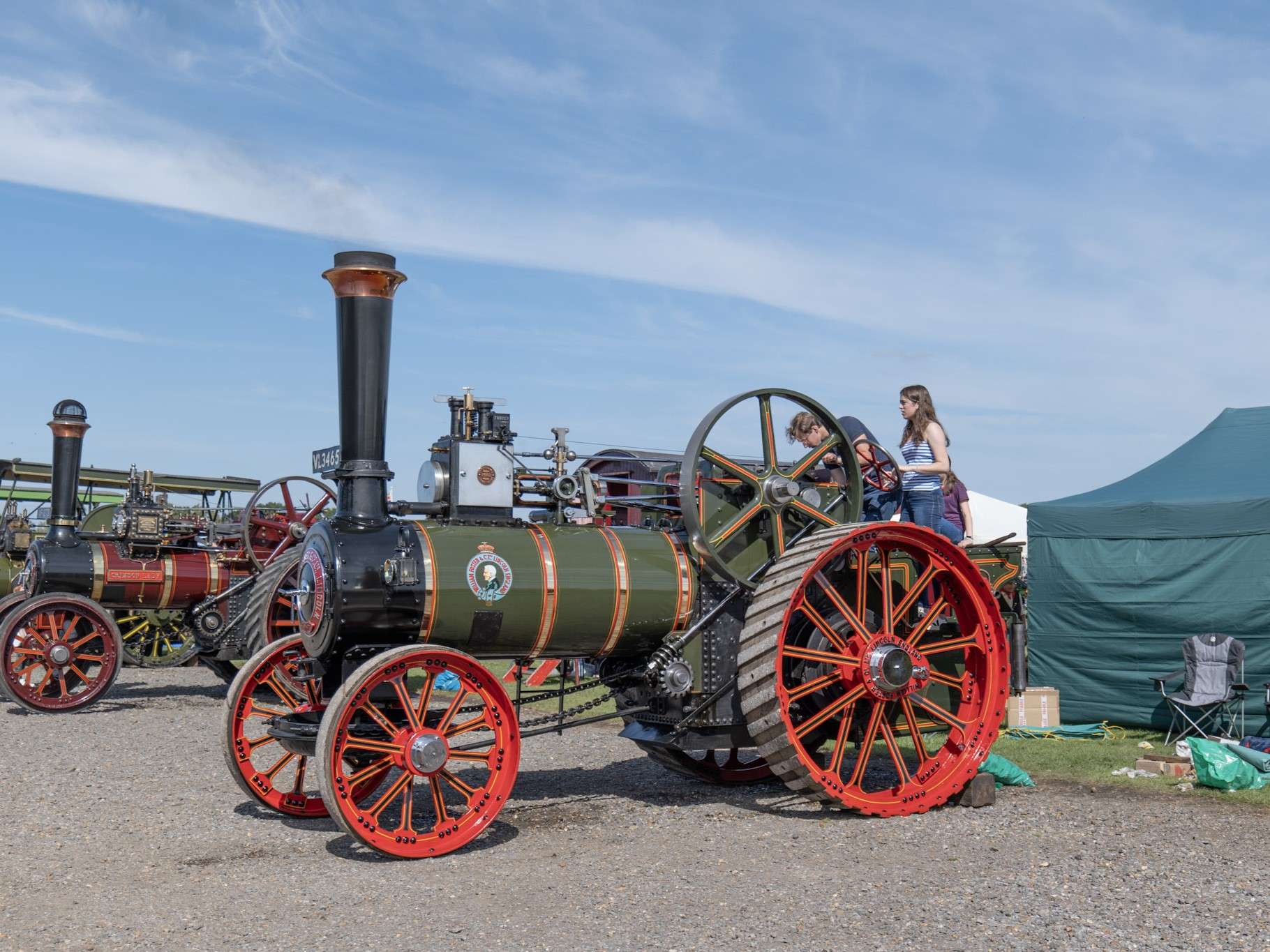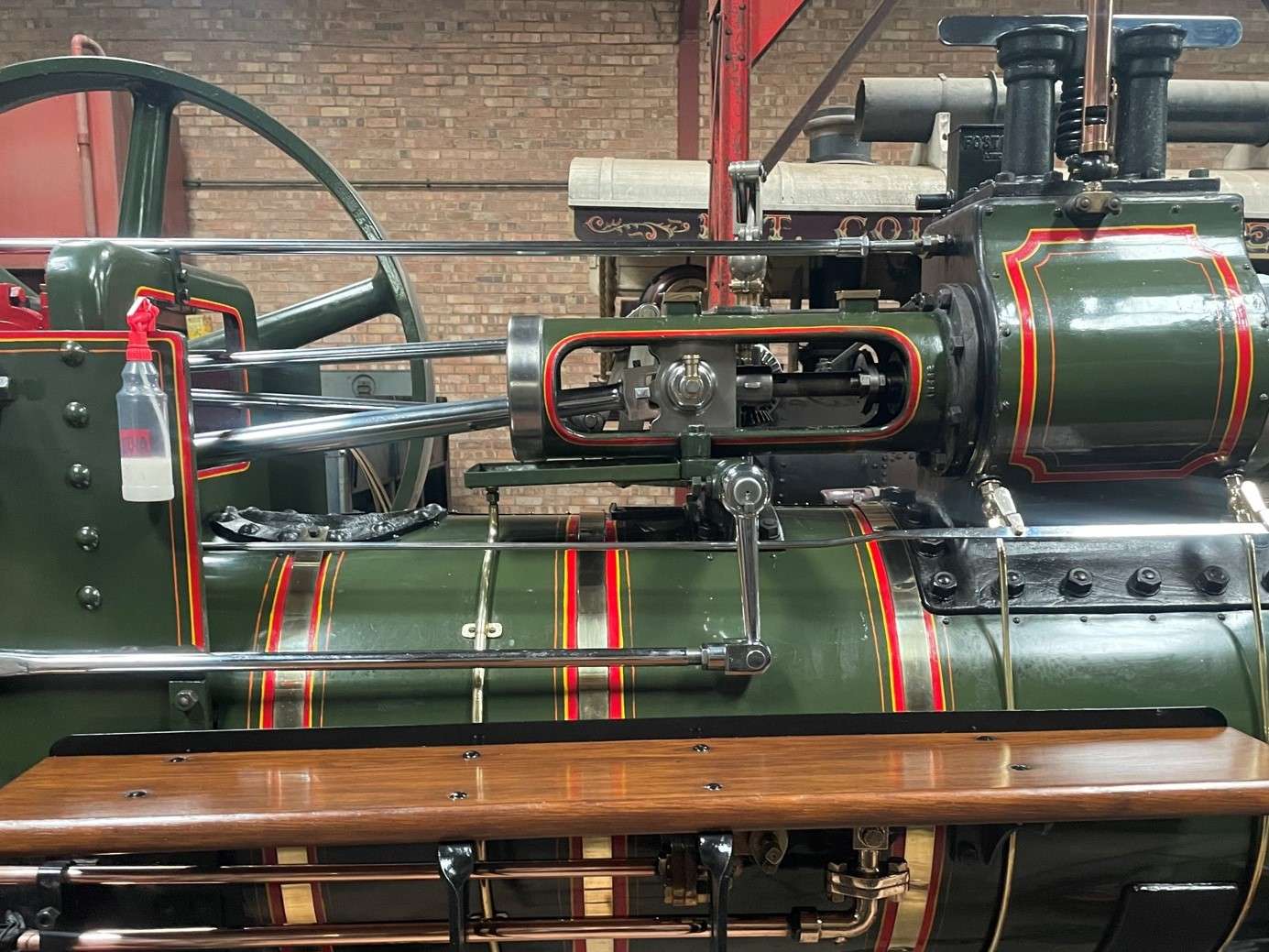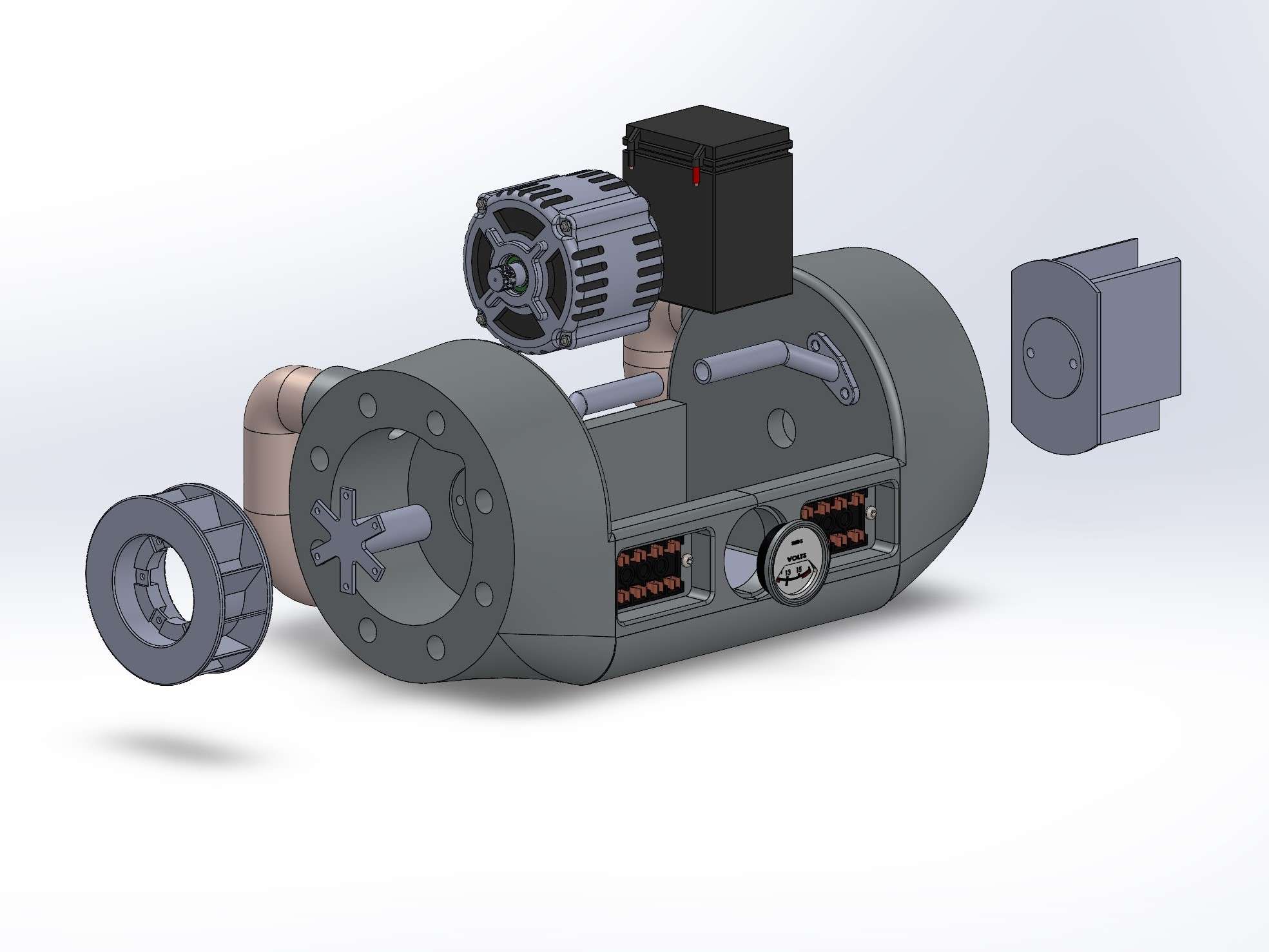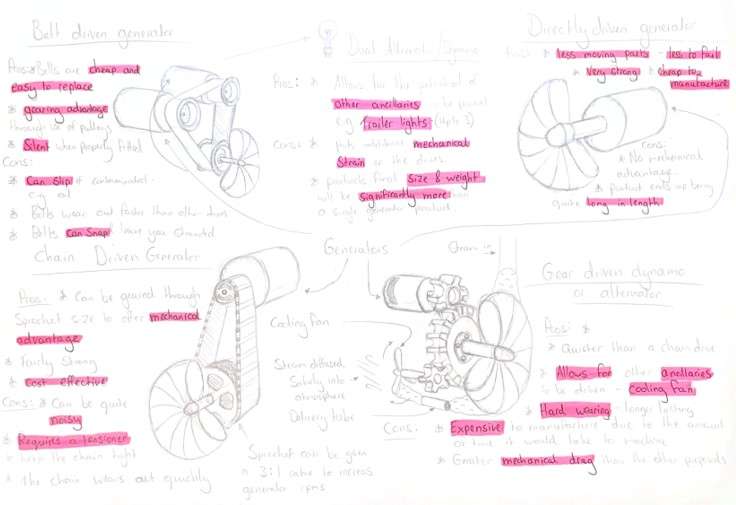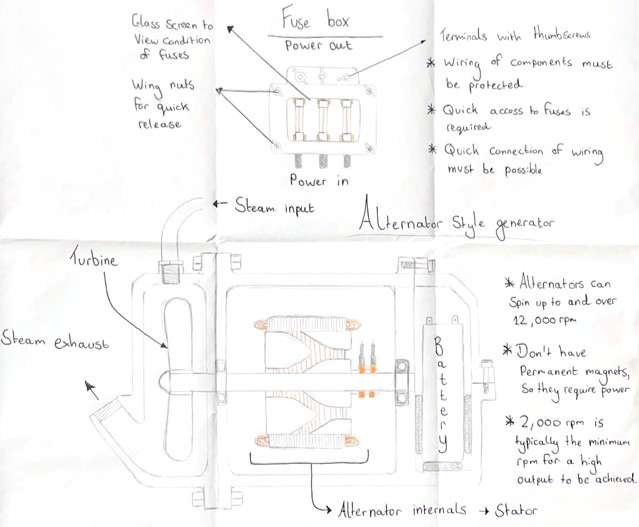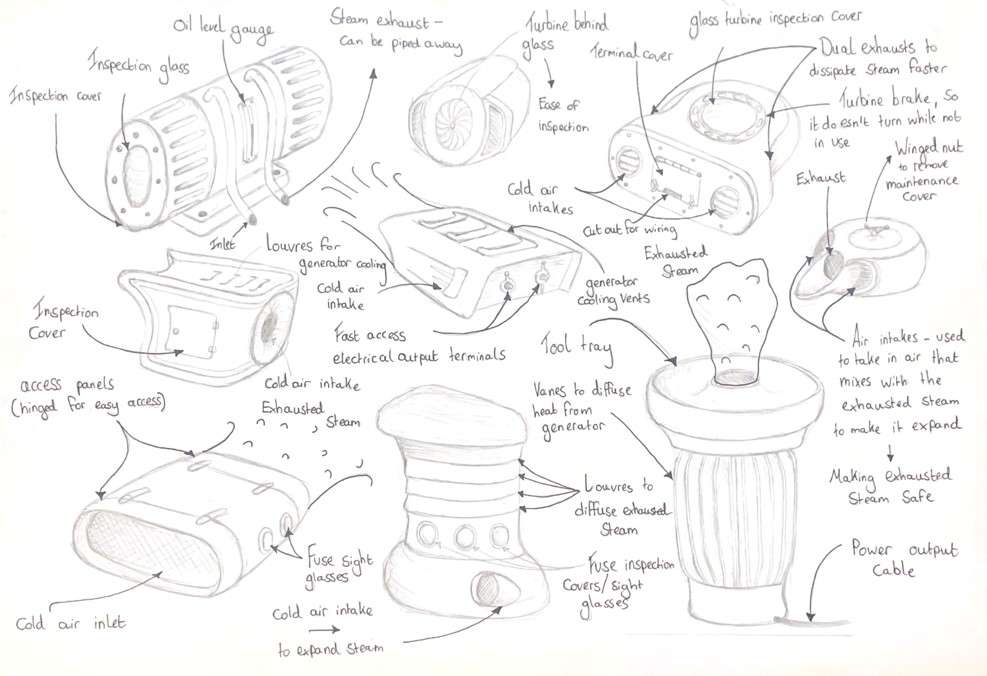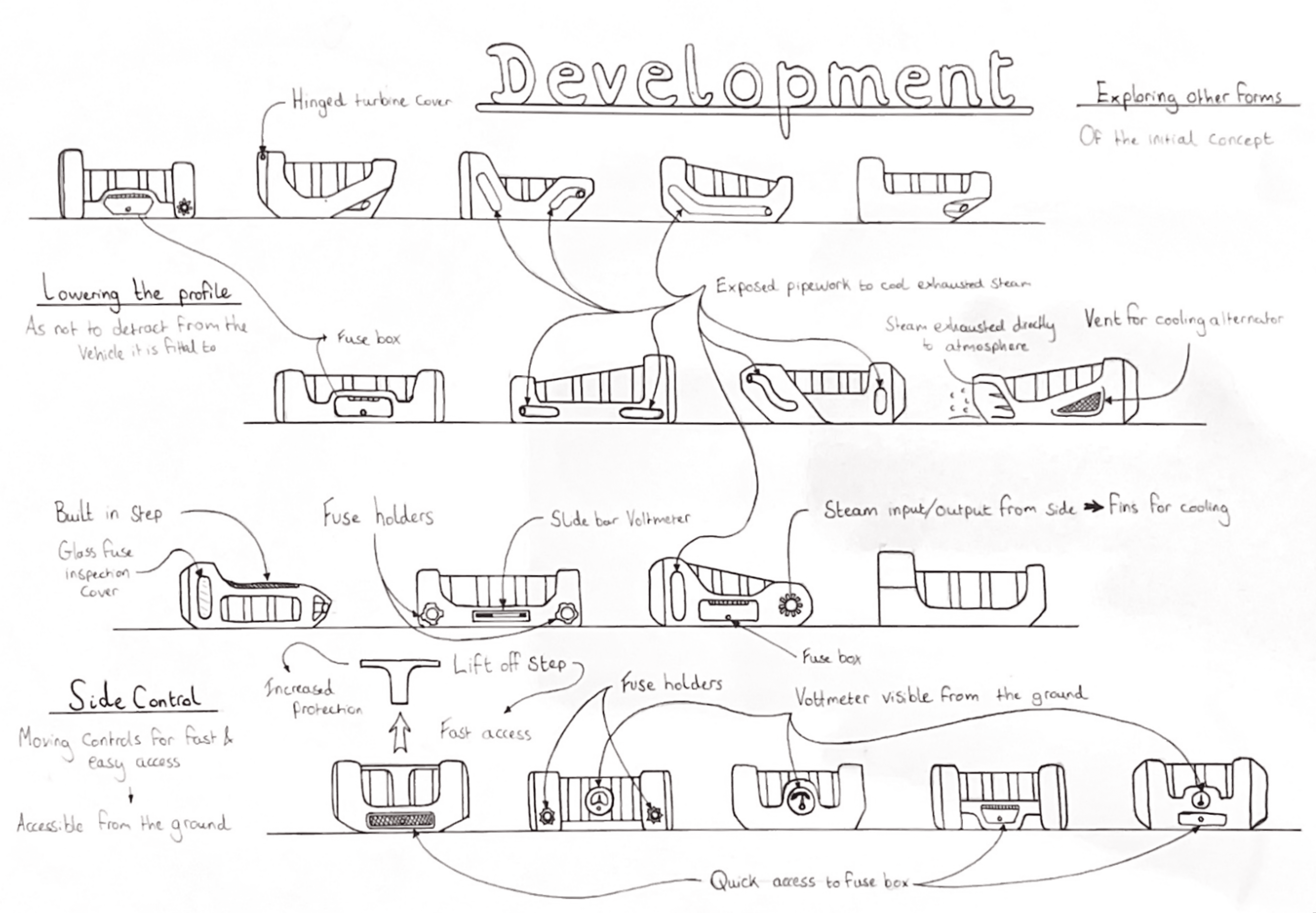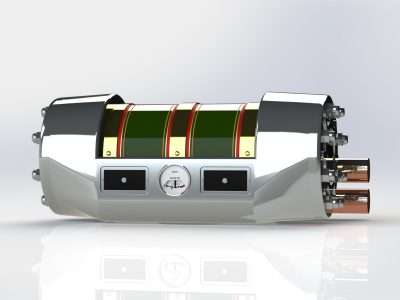
Joshua Markham
I am an industrial design student, with a passion for engineering and automotive design, with my interest not only lying in the style and design of a machine, but also it's finer inner workings, and how both aspects co-exist.

I am an industrial design student, with a passion for engineering and automotive design, with my interest not only lying in the style and design of a machine, but also it's finer inner workings, and how both aspects co-exist.
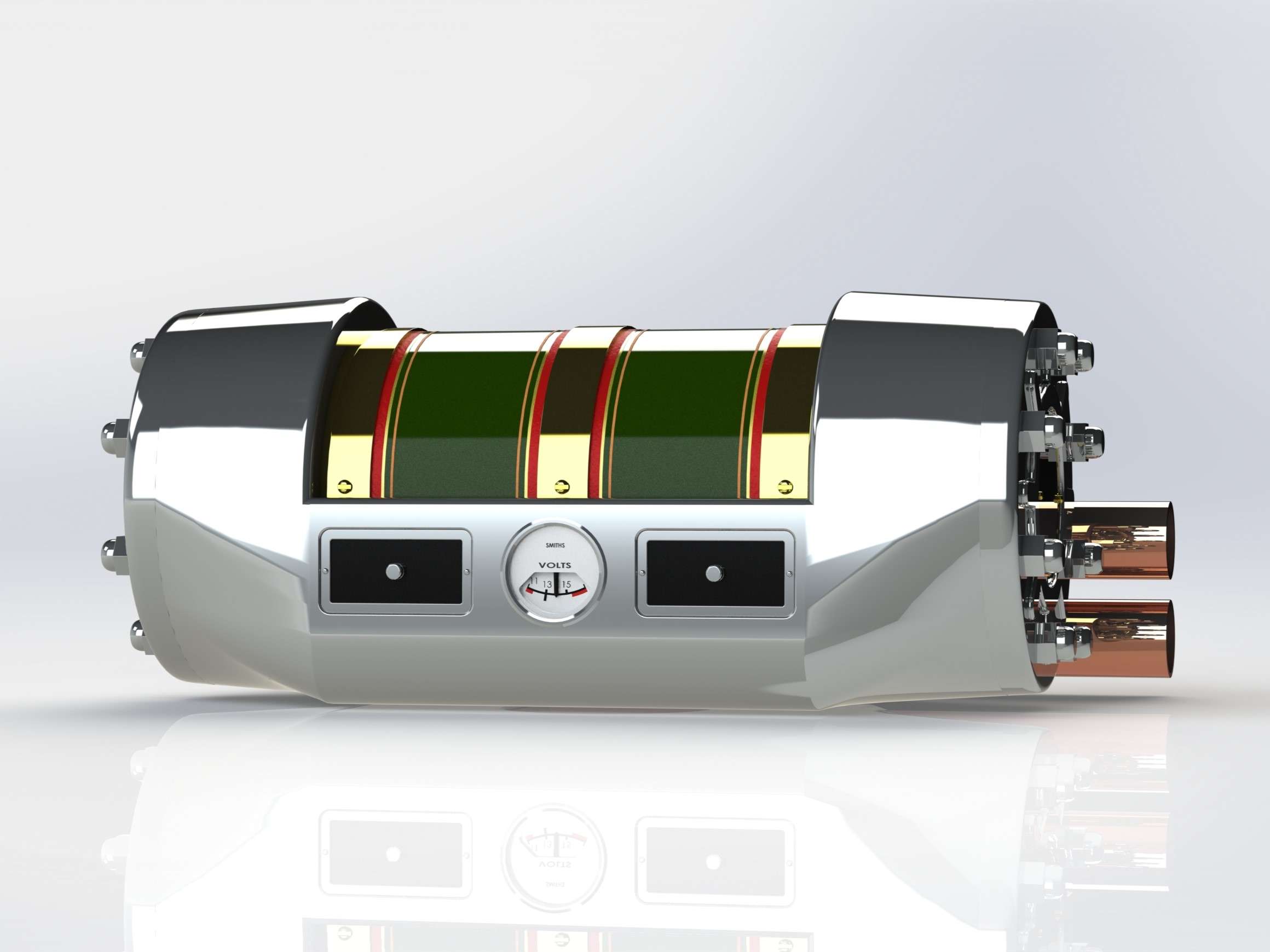
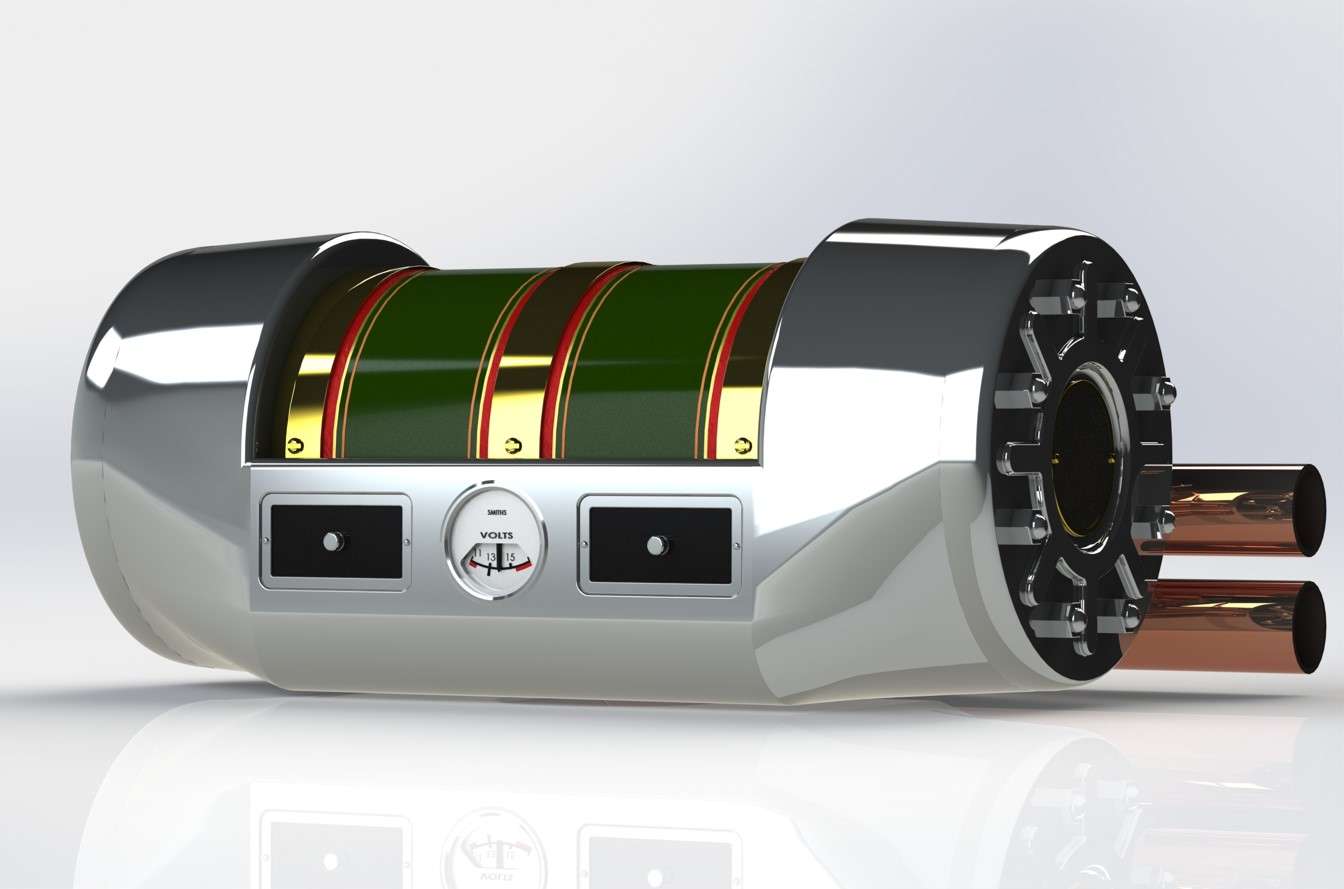
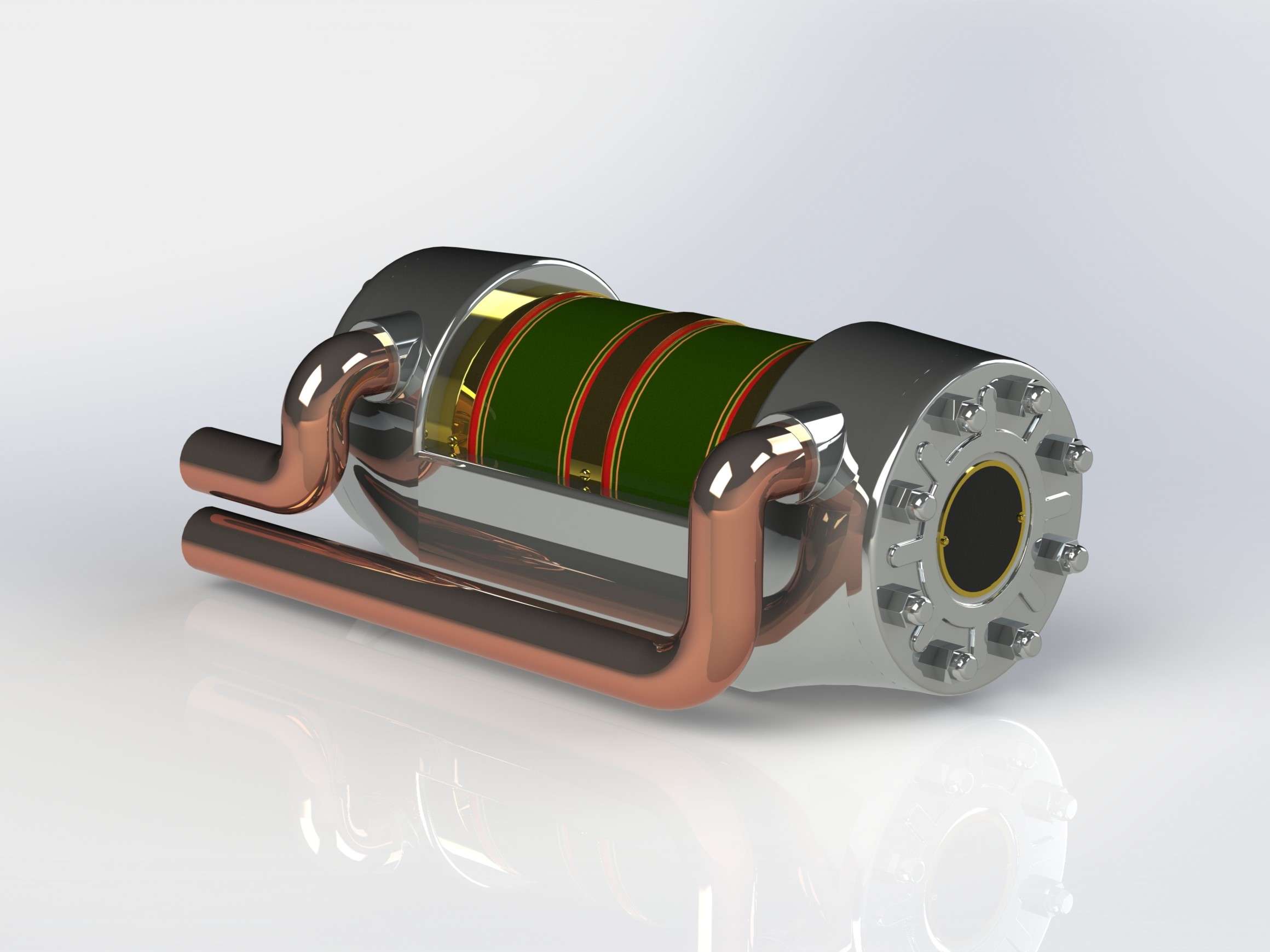
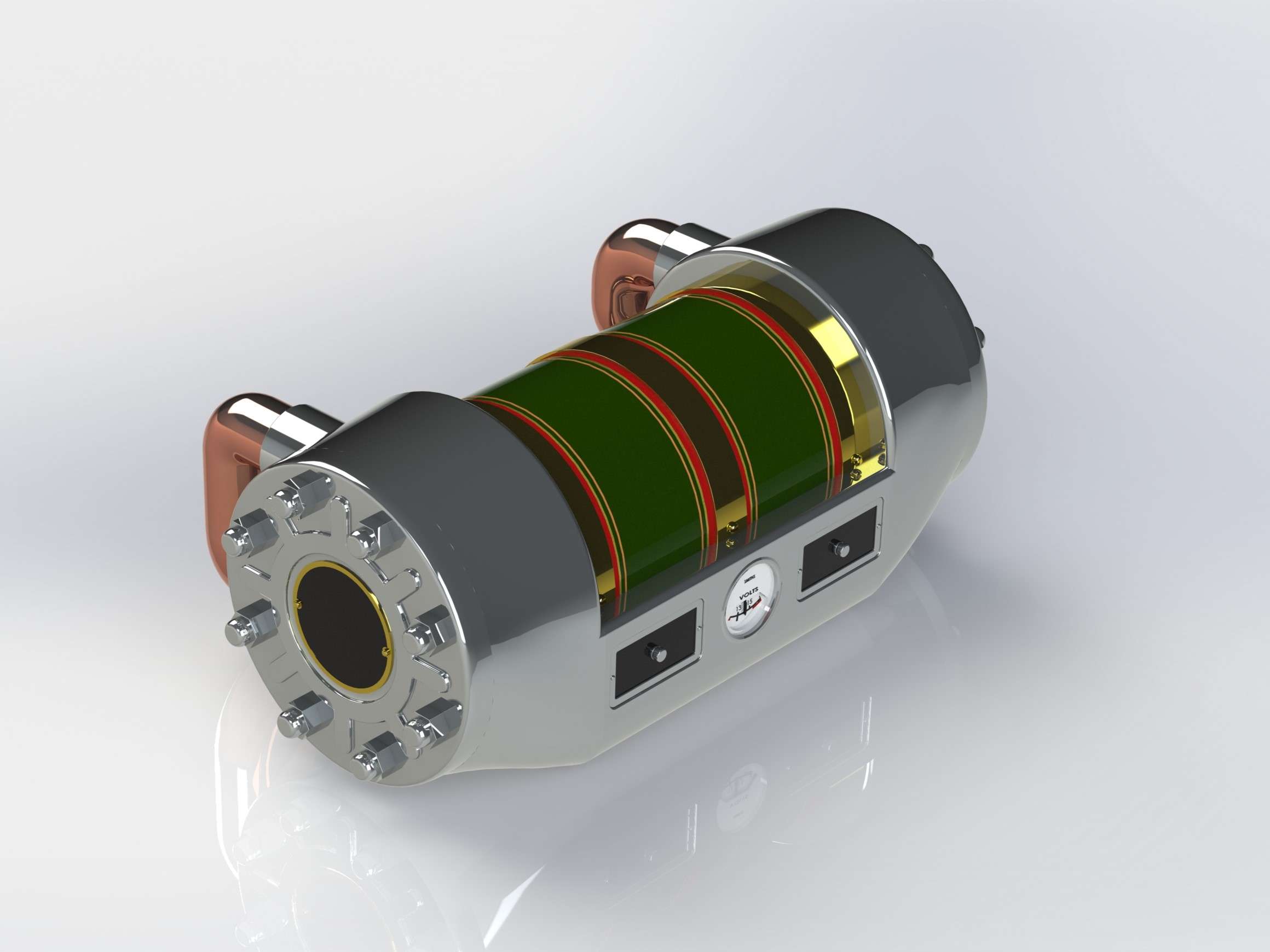
Problem: The conventional oil lamp lighting on a traction engine has long been surpassed, creating the need for a product that can produce high amounts of light to contend with the requirements of modern traffic, but to also look in-keeping as not to spoil the vintage aesthetic of a traction engine.
Description: My proposed design incorporates modern advancements in electrical technology, with a vintage look, to provide an up to date way of producing electricity for a vintage vehicle, to power a full set of electric lights.
How it works: The turbine harnesses the power of steam, something a steam traction engine has an abundance of, to propel modern electrical generating equipment with the aim of providing light, all hidden under a traditional looking exterior.
Process of use: Once installed and the desired lighting has been correctly wired, the turbine can be simply turned on by opening a steam valve to the turbine. This spins the turbine, and in doing so the alternator, generating power.
The amount of steam that is required to power the turbine can be determined by reading the voltmeter and adjusted by the same valve used to turn the turbine on.
After passing through the turbine the steam is exhausted into the chamber on the opposite side of the turbine, where it passes through a series of baffles, slowing the steam down, allowing it to expand, making it harmless to the touch by the time it is exhausted from the machine.
Materials: The turbine’s main casing, and inspection covers are made from cast aluminium to keep weight to a minimum, which can be finished in black or with a polished affect, depending on the customers requirements. The internal components exposed to steam are made from cast bronze, due to bronze’s ability to sustain multiple cycles of heating and cooling, with all the electrical components being bought off the shelf and modified to suit the application.
